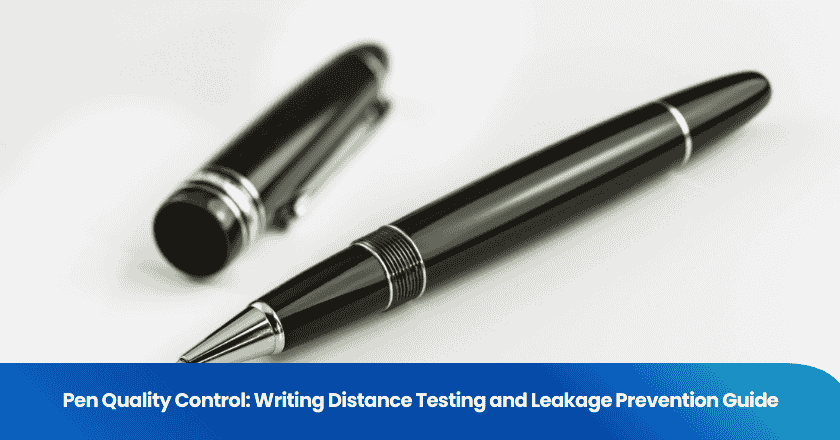
1. What is direct sourcing?
Direct sourcing refers to the method where the purchaser directly purchases from the source material manufacturer.
The process of directly acquiring products, supplies, goods, and services required for core business activities involves fewer links, simpler procedures, faster information feedback, and is conducive to direct communication between the supplier and the buyer as well as the follow-up of after-sales service.
Essentially, these are the raw materials and components required for the manufacturing of products by enterprises. For example, car manufacturers will directly source items such as steel, tire rubber, or electronic components.
Efficient direct sourcing affects the cost of goods sold (COGS), directly impacting the company's profitability.
2. Cases of direct sourcing
Regarding direct sourcing cases, here are some specific examples:
Walmart's global sourcing: In 2002, Walmart made a major adjustment to its sourcing strategy. Prior to this, Walmart did not directly source products from overseas, but relied on agents. They decided to change this strategy, with the Walmart global vice president overseeing the establishment of subsidiaries responsible for sourcing directly around the world.
Procurement Strategy of Yamaha Electronics: Yamaha Electronics is one of the global supply chain production bases for the world-famous brand YAMAHA. They procure materials from over 200 suppliers worldwide through direct sourcing, including overseas suppliers and domestic suppliers that account for over 60% of the total procurement amount. The direct sourcing strategy helps Yamaha Electronics to improve procurement efficiency and reduce procurement costs.
These cases demonstrate the application and effectiveness of direct sourcing in actual business practices. By purchasing directly from the manufacturers, companies can reduce intermediaries, improve procurement efficiency, lower costs, and strengthen communication and cooperation with suppliers.
3. What is indirect sourcing?
Indirect sourcing refers to the method of implementing procurement through intermediaries or third parties, also known as delegated procurement or intermediary procurement.
Under the indirect sourcing method, the purchaser does not directly deal with the manufacturer of the material source, but completes the purchase through intermediaries or circulation enterprises.
Indirect sourcing is suitable for enterprises with large core business scales and high profitability. It can help these enterprises to fully leverage their respective core capabilities, reduce working capital occupation, increase capital turnover, and diversify procurement risks.
4. Cases of indirect sourcing
Regarding the case of indirect sourcing, here is a specific example:
3M Company, a diversified manufacturing company, used to handle hundreds of indirect sourcing invoices each year, with each costing approximately $120. These invoices accounted for more than 70% of the company's transaction costs. To reduce these costs, 3M implemented an indirect sourcing strategy, which involved purchasing through Internet plus market services. They partnered with TPN registration to procure goods specified in the contract from online supplier groups. The implementation of this strategy reduced the cost of 3M's purchase orders by 70%.
The case demonstrates the application and effect of indirect sourcing in actual business practices. By utilizing Internet plus market services for indirect sourcing, 3M Company successfully reduced transaction costs.
5. The Association of Direct Sourcing and Indirect Sourcing
Direct sourcing and indirect sourcing are both important components of the company's procurement strategy.
Direct sourcing and indirect sourcing play complementary roles in enterprise operations. They each have their advantages in different scenarios and can be flexibly chosen according to the specific needs of the enterprise and market conditions.
Together, they form a comprehensive procurement system for the enterprise.
6. The difference between direct sourcing and indirect sourcing
Supply Chain Relationship
Direct sourcing requires the establishment of long-term good cooperative relationships with suppliers, and the quality of raw materials directly affects the quality of the final products.
Indirect sourcing focuses more on cost management, with supplier relationships based on transactions.
Warehouse Management
Direct sourcing may require preparing inventory to ensure smooth production processes and delayed delivery periods.
Indirect sourcing is usually on-demand purchasing, with lower inventory and related costs.
Organizational structure
Direct sourcing may require a dedicated team to manage long-term relationships with suppliers.
Indirect sourcing may be more inclined to use cross-departmental procurement teams to address diversified needs.
Cost support
Direct sourcing can usually reduce procurement costs because negotiations can be conducted directly with the manufacturers.
Indirect sourcing may require the payment of additional intermediary fees or agent fees.
Grow your business with TradeAider Service
Click the button below to directly enter the TradeAider Service System. The simple steps from booking and payment to receiving reports are easy to operate.



